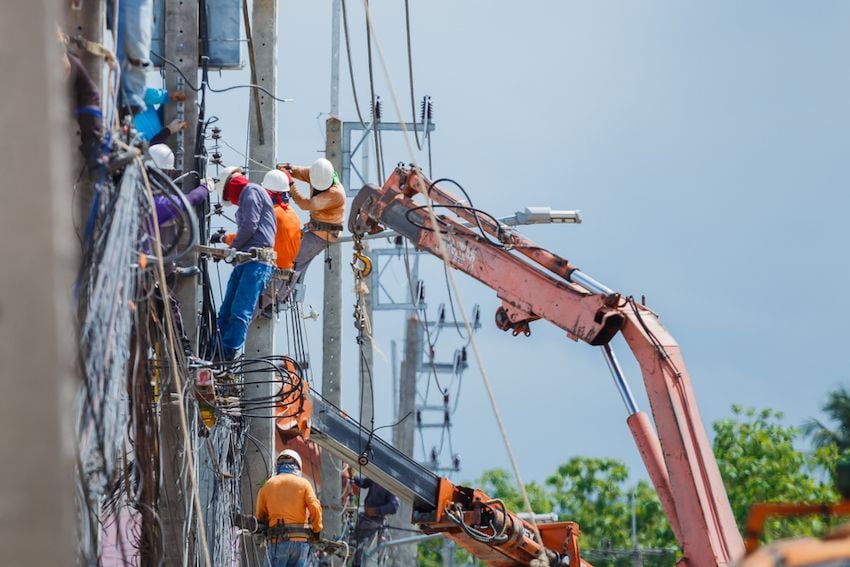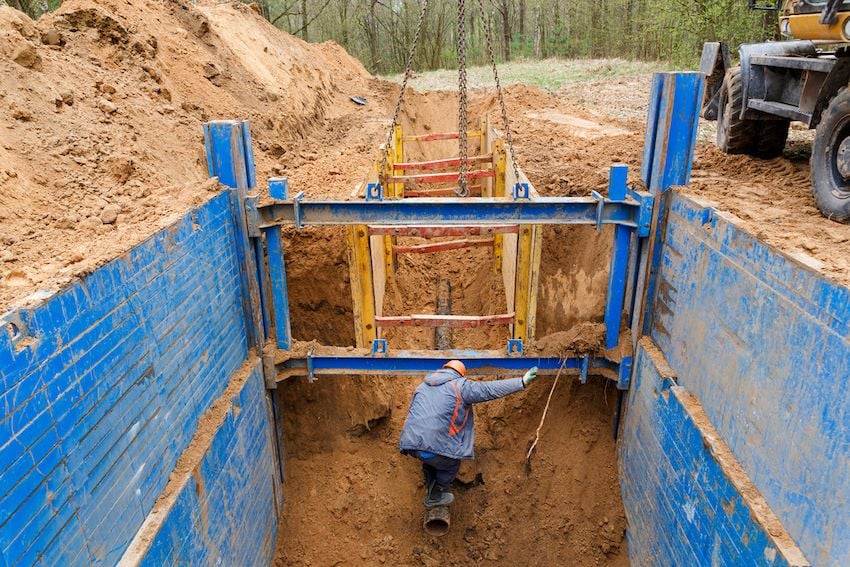Over the past 25 years, the OSHA recordable injury rate decreased 67 percent; however, the workplace fatality rate dropped just 26 percent in that same time span, with 3.4 fatalities occurring per 100,000 full-time equivalent workers in 2020, according to the Bureau of Labor Statistics (BLS).
To address this stagnant trend in workplace fatalities, more and more organizations in a wide variety of industries are evaluating safety technologies. In fact, a National Safety Council (NSC) survey found 100 percent of participants were interested in knowing more about new safety technology and how to implement it.
Here, we discuss four environmental health and safety (EHS) technologies that organizations commonly use to protect workers from safety hazards and prevent workplace fatalities.
Check out: 7 Ways to be More Proactive About Worker Safety
4 safety technologies that help prevent workplace injuries and fatalities
1. Robotics
In a survey of EHS professionals, the NSC found 71 percent of participants use robotics for safety purposes. Robotics can be used in a variety of industries and can prevent minor and serious injuries. For example, assembly robots are commonly used in warehouses to lessen the risk of ergonomic injuries, while material handling robots are used on construction sites to prevent deadly crushing/pinning incidents.
Unmanned aerial vehicles (UAVs), also known as drones, are a type of robot controlled by a human and primarily used for surveying and inspection purposes. UAVs are perhaps the most impactful type of robotic safety tech available today because they can eliminate the need for workers to work at height. According to the BLS, 645 workers died in 2020 after falling to a lower level.
2. Sensors and wearables
Sensors are devices that monitor, detect, and respond to a certain physical stimulus. Wearables are sensor-equipped devices that are worn by workers. Wearables can monitor for systemic risks like fatigue as well as situational risks like extreme temperatures or the presence of hazardous gasses.
Equipment may also have sensors. For example, proximity sensors can detect nearby workers and automatically cut off energy sources to reduce the risk of contact injuries. According to the NSC, proximity sensors can be particularly helpful in mitigating construction and installation risks, which account for 12 percent of non-roadway worker fatalities.
3. Software
Software can help solve a number of pressing safety challenges, which might explain why more than one-third of EHS professionals currently use this type of technology, according to the NSC. Many softwares fall under the EHS software or operational risk software umbrellas.
EHS software is used to “help manage, store, initiate, and execute environmental, health, and safety related processes,” and usually has safety management, risk management, incident management, and compliance related functions. Also known as risk management software, operational risk software helps users see and mitigate risks and hazards. Operational risk softwares are particularly exciting technological advancements because they empower users to take proactive steps to prevent worker safety incidents.
4. Analytics
Analytics is a type of technology that uses data to uncover meaningful patterns and insights. Analytics programs are usually software-based, as they involve processing large amounts of data quickly.
One example of analytics safety tech is video facial analytics. Highlighted by the NSC as a technology with the potential to mitigate top systematic workplace violence risks, video facial analytics recognizes a given set of worker and pedestrian facial features to protect workers against hazards.
Predictive analytics is another type of analytics safety tech growing in popularity. Predictive analytics uses a variety of statistical techniques, including machine learning, to analyze historical and other data to make predictions about future events. Urbint’s workplace safety software, Urbint Lens for Worker Safety, is an example of predictive analytics software. Urbint Lens for Worker Safety uses historical safety records, leading indicators, and the Urbint Model of the World to assess the likelihood and potential severity of worker safety hazards and risks, so front line leaders can take action to mitigate risks and protect workers.
Reducing the workplace fatality rate has proven to be an immense challenge, but safety technologies may yet help meaningfully move the needle. Predictive analytics, artificial intelligence/machine learning, and data analytics can all play a role in protecting workers from safety hazards, making them ideal solutions to research—and ideally, implement—this year.
Want a behind-the-scenes look at Urbint Lens for Worker Safety? Request a demonstration of the software today!

